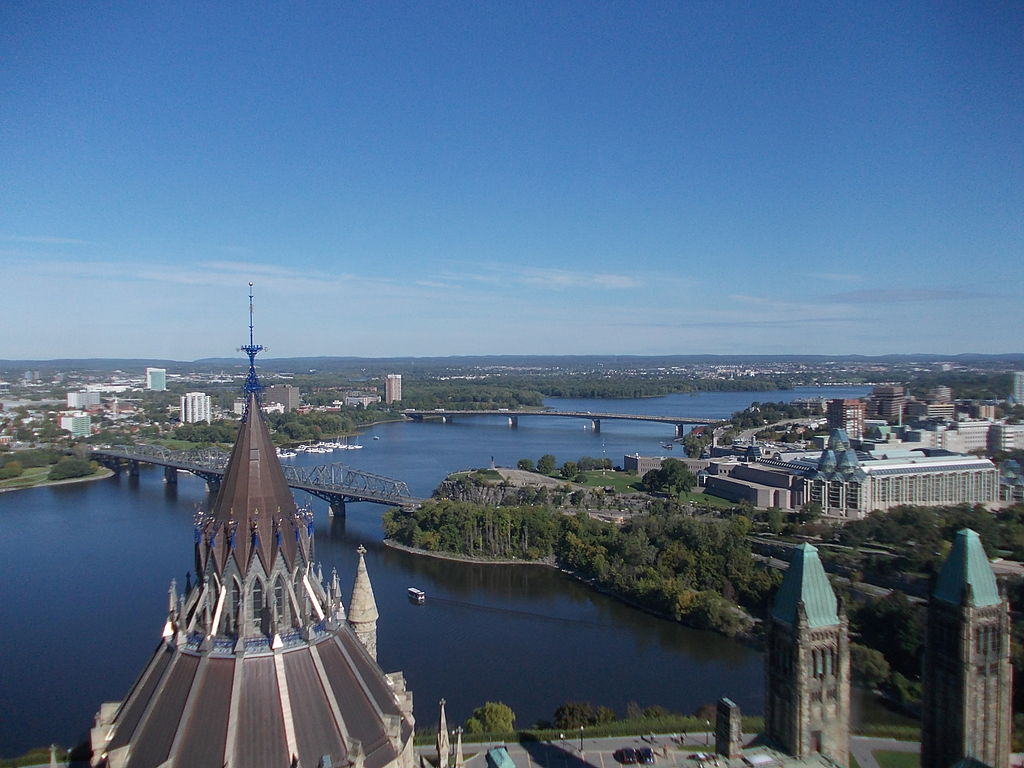A tunnel-boring machine has completed its four-kilometre east-west journey, marking a major milestone for the Combined Sewage Storage Tunnel project. With the two-kilometre north-south tunnel already completed in 2018, the end of east-west tunneling means all six kilometres of tunnel needed for this project have now been excavated.
East-west tunneling started in New Edinburgh in November 2018, and the machine continued for more than four kilometres to its destination in LeBreton Flats, digging up to nine storeys below Cumberland and Slater streets. The 250-metre-long tunnel-boring machine will now be dismantled and removed from the end of the tunnel.
The City is continuing work to have this project operational in 2020. In the coming months, work will continue at surface locations in New Edinburgh, LeBreton Flats, Sandy Hill, New Edinburgh, Centretown, and the northernmost tip of the Glebe to complete underground chambers and odour control facilities.
Like many North American cities, Ottawa’s downtown has a historic combined sewer system that uses the same pipes to convey both sanitary and surface water to its treatment facilities. During heavy rains or snowmelts, this system can become overwhelmed, resulting in some untreated water flowing into the Ottawa River.
Once this project is complete, the Combined Sewage Storage Tunnel will help protect the Ottawa River. The project will also reduce the risk of basement flooding in some low-lying areas in the city’s core and help future-proof existing downtown sewer infrastructure by adding capacity and redundancy.
The Government of Canada and the Province of Ontario are each providing $62.09 million for this project. The City of Ottawa is committing an additional $108 million towards this $232.3-million component of the Ottawa River Action Plan.









